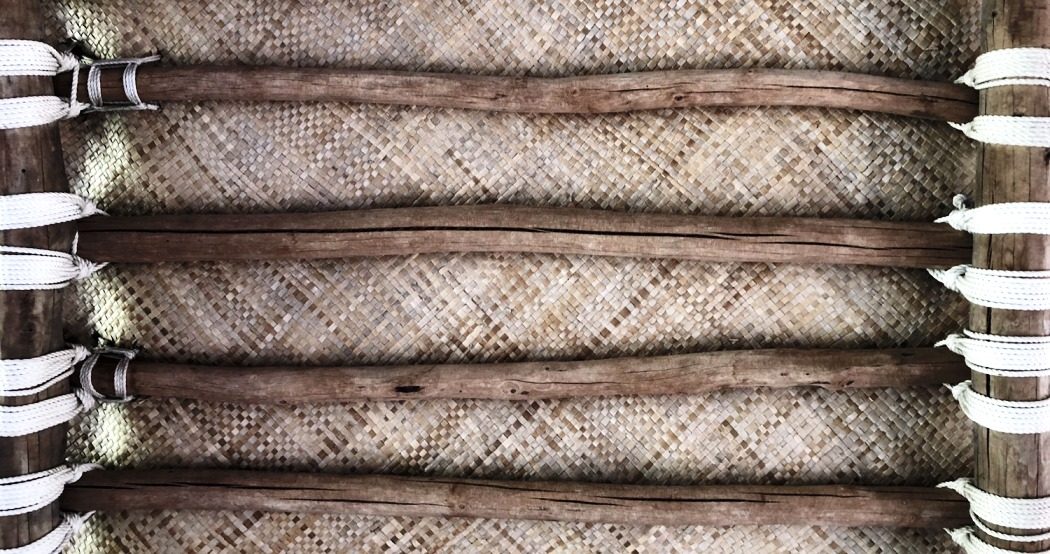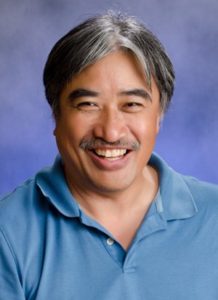On September 25, 2018, the University of Hawaiʻi at Mānoa was awarded a $2.4 million, three-year grant from the U.S. Department of Education (DOE) Native Hawaiian Education Program to revitalize the Hawaiian language and to address the disparity of Hawaiians in professional fields.
The grant is co-authored by principal investigator Katrina-Ann R. Kapāʻanaokalāokeola Nākoa Oliveira, a professor in the Hawaiʻinuiākea School of Hawaiian Knowledge, and Manu Kaʻiama, an accounting instructor at the Shidler College of Business.
“We are so pleased to receiving this funding, because it will benefit the Noʻeau Program, which is named in honor of UH Mānoa Associate Professor Sam L. Noʻeau Warner,” said Oliveira of the beloved Hawaiian language researcher and teacher who passed away in 2016. His contributions to the school, university and Hawaiʻi live on in the program, whose primary goals are revitalization of the Hawaiian language and preparation of Native Hawaiians for leadership roles in professional fields.
Warner co-founded ʻAha Pūnana Leo, a nonprofit, family-based educational organization devoted to revitalization of the Hawaiian language. In addition, he researched and developed innovative approaches to teach Hawaiian to students from kindergarten through the university level, and had a significant role in establishing the Kawaihuelani Center for Hawaiian Language at the UH Mānoa Hawaiʻinuiākea School of Hawaiian Knowledge.
In 2009, Warner was awarded a grant from the federal DOE‘s Native Hawaiian Education Program to fund research leading to the publication of 31 children’s books, with the goal of strengthening appropriate Hawaiian language usage.
Laiana Wong, a Kawaihuelani Center for Hawaiian Language professor, affirms the critical importance of Warner’s book project. “I have heard children, including my own grandchildren, recite the words in his books verbatim,” she said. “It is clear to me that his strategies for language learning are highly effective. In fact, his books are loved by Hawaiian language learners young and old.”
The Noʻeau Program’s primary goals are divided into three key components:
The Piʻilani Immersion component supports Mauiakama, a highly successful Hawaiian language immersion summer camp co-led for over a decade by faculty members at UH Maui College and UH Mānoa. Funding supports participants interested in engaging in a variety of Hawaiian cultural practices, learning the history of places visited, and strengthening their use of Hawaiian in a variety of contexts and situations.
The Lauʻulu Literacy component expands on Warner’s publication of children’s books. Funding will be allocated to the publication of a set of 21 books that Warner was working on. They include the same grammatical schematics and simplify the acquisition of abstract grammatical concepts. They will be made available to a new generation of Hawaiian learners.
The ʻOihana component addresses the disparity of Hawaiians in professional fields by increasing the number of students seeking degrees in fields in which Native Hawaiians are underrepresented. This project will be partially supported by the work of 15 graduate assistants in the Shidler College of Business, Hawaiʻinuiākea School of Hawaiian Knowledge, and other disciplines across the Mānoa campus.
Photos courtesy of Hawaiʻinuiākea School of Hawaiian Knowledge.


